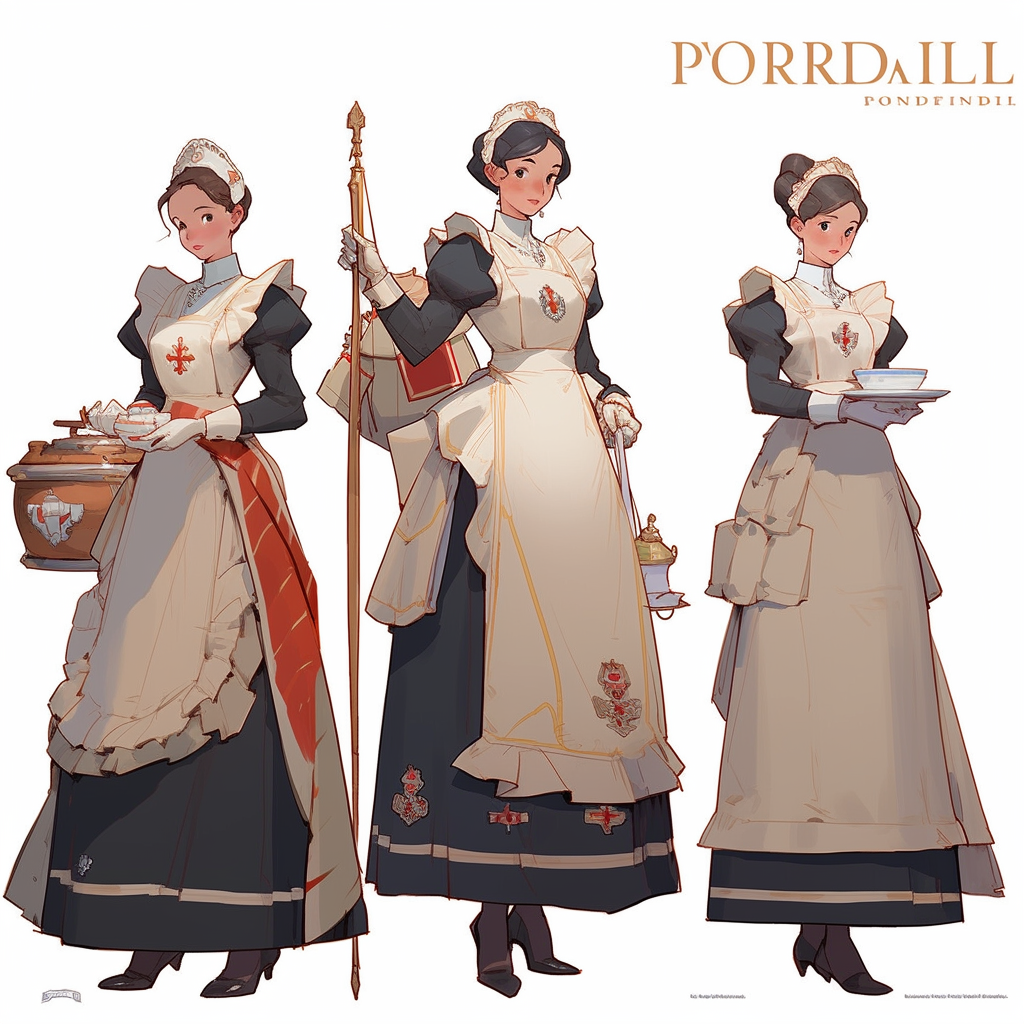HOME | DD
 Lowlymaid — [British servitude] The origin of subordination
[🤖]
Lowlymaid — [British servitude] The origin of subordination
[🤖]

Published: 2023-08-11 11:04:49 +0000 UTC; Views: 1573; Favourites: 16; Downloads: 3
Redirect to original
Description
In the annals of history, the servile class emerged from a complex tapestry of origins, each thread weaving a story of oppression and transformation. Among these diverse roots were individuals who occupied a unique and enigmatic position – the semi-freeman vassals of medieval times.
In an era defined by feudal structures and hierarchies, these vassals held a paradoxical status. Not noble themselves, they dwelled in a space between servitude and privilege. Unlike commoners, they were elevated above the masses, regarded as superior due to their association with the nobility. They held lands and responsibilities, serving as intermediaries between the lords and the peasantry.
These semi-freeman vassals existed in a world where notions of honor and duty were paramount. Their role was essential in maintaining the intricate web of feudal relationships that governed society. At the time, they were not demeaned or seen as lesser individuals, but rather as integral components of a functioning system.
However, as time marched forward and the foundations of feudalism began to erode, the fortunes of these vassals took a precarious turn. The very principles of law and liberty that were gaining traction across society would ultimately unravel the delicate balance they once held.
With the decline of feudalism, these semi-freeman vassals found themselves caught in a shifting landscape. The world was evolving, and as ideas of individual rights and freedoms took root, the vassals' position became increasingly tenuous. The concept of servitude, once distant, began to cast its shadow upon them.
One pivotal point of transformation lay in the notion of hereditary service. The ties that had once bound these vassals to noble households now took on a darker hue. The term "hereditary fixed and serving a particular house" encapsulated the chains that were being forged. As the centuries progressed, these individuals found themselves increasingly trapped within a system that sought to categorize and constrain them.
By the late 18th century, a significant shift occurred. The hereditary servant law, a product of its time, would come to define and limit the lives of these vassals. Stripped of certain privileges and liberties, they were firmly bound to a servile class. The boundaries between freedom and servitude were etched in ink and stone, their fate sealed by the weight of legal decree.
In this intricate dance of history, the semi-freeman vassals transformed from mediators of power to subjects of oppression. Their journey from a position of semi-freedom to servile status serves as a poignant reminder of the complexities inherent in societal evolution.






























